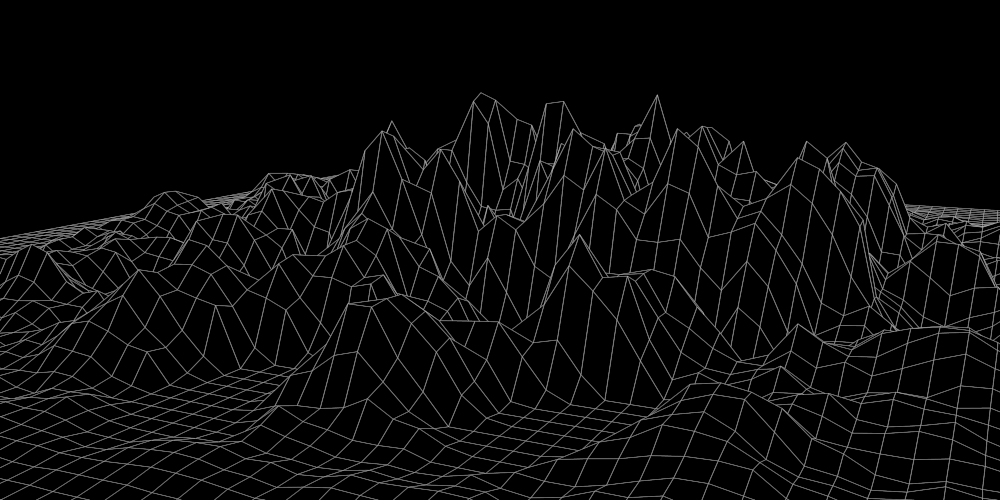For RTK base stations, obtaining high-precision coordinates is critical, especially in areas like engineering surveying, scientific research, and precision agriculture. Common methods for determining base station coordinates include long-duration Survey-In and PPP (Precise Point Positioning). This article provides a detailed comparison of the accuracy of these two methods, highlighting their advantages and limitations to help users choose the most suitable method for positioning an RTK base station.
1. Accuracy Analysis of Long-Duration Survey-In
1.1 Theoretical Accuracy of Long-Duration Survey-In
The Survey-In method involves placing a GNSS receiver at a fixed location and collecting observation data over a long period to estimate the base station’s position. Theoretically, if a Survey-In is allowed for up to 48 hours under good environmental conditions (e.g., an open area without significant obstructions) and with high-quality receivers, the following accuracies can be achieved:
- Horizontal Accuracy: Generally, it can reach a few centimeters (3-5 cm). In ideal conditions, it can sometimes approach 1-2 cm. Long observation times can effectively reduce atmospheric delay errors (such as ionospheric and tropospheric delays), satellite orbital errors, and receiver noise errors.
- Vertical Accuracy: Usually slightly lower than horizontal accuracy, possibly in the range of 5-10 cm. Under 48-hour Survey-In conditions, vertical accuracy is typically within 10 cm.
It is important to note that these accuracy values are theoretical, and actual results can still be affected by receiver hardware, environmental conditions, satellite status, etc.
1.2 Reliability and Limitations of Long-Duration Survey-In
While long-duration Survey-In can significantly improve positional accuracy, whether the results are entirely trustworthy depends on several factors:
- Equipment Quality: High-quality GNSS receivers (e.g., those supporting multi-constellation and multi-frequency) are generally more reliable. High-quality equipment usually has better anti-interference capabilities and data processing algorithms, leading to higher accuracy in long-duration Survey-In.
- Environmental Conditions: The results of Survey-In heavily depend on environmental conditions. In areas with severe multipath effects (e.g., near tall buildings or dense forests), even long-duration observations may not yield high accuracy.
- Error Accumulation and Convergence: While long observations can reduce random errors, some systematic errors (e.g., coordinate frame transformation errors) may not be fully eliminated with increased observation time. Therefore, Survey-In results should be used within a reasonable error range, especially when high centimeter-level accuracy is required.
1.3 Limitations of the Survey-In Method
- Highly Affected by Environmental Conditions: The accuracy of the Survey-In method is greatly influenced by environmental conditions (e.g., signal multipath effects, obstructions around the antenna). Thus, even with long observation times, high accuracy may not be achieved.
- Inability to Completely Eliminate Errors: The basic assumption of the Survey-In method is to average out random errors through prolonged observation. However, systematic errors (such as atmospheric delays and receiver biases) may not be fully eliminated, leading to persistent positional errors.
- Difficulty in Verifying Result Accuracy: When using the Survey-In method, it is often difficult for users to verify the actual accuracy of the base station’s position, as there is no reference baseline.
2. Accuracy Analysis of PPP (Precise Point Positioning)
2.1 PPP Accuracy and Working Principles
PPP (Precise Point Positioning) is a high-precision GNSS positioning method that does not require a known reference base station. PPP utilizes high-precision products generated by a global network of GNSS monitoring stations (such as precise ephemeris and satellite clock corrections) to eliminate errors and achieve centimeter or even millimeter-level positioning accuracy. The key features of PPP include:
- Precise Ephemeris and Clock Corrections: PPP uses precise ephemeris (Precise Ephemeris) and satellite clock corrections (Clock Corrections) data provided by a global GNSS monitoring network, achieving centimeter-level or even millimeter-level accuracy.
- More Comprehensive Error Models: During the computation process, PPP considers and corrects various error sources, such as ionospheric delay, tropospheric delay, satellite orbital errors, and receiver clock errors.
- Typical Accuracy: Under good conditions, PPP’s horizontal accuracy can typically reach 1-2 cm, and vertical accuracy can reach 2-5 cm.
2.2 Global Applicability of Precise Ephemeris Data
Precise ephemeris data is generated by observing the trajectories of GNSS satellites through a network of ground-based monitoring stations, combined with scientific calculations and data processing techniques. These precise ephemeris data are calculated and published by global high-precision GNSS data processing institutions and scientific organizations, such as the International GNSS Service (IGS). Precise ephemeris data can be applied anywhere on Earth and is not tied to specific geographical locations.
2.3 Steps to Obtain RTK Base Station Coordinates Using PPP
- Choose a Suitable Measurement Point: Select an open location with no tall buildings, trees, or other obstacles to avoid GNSS signal multipath effects and obstructions.
- Install the GNSS Receiver and Antenna: Set up a high-precision GNSS receiver and antenna at the measurement point, ensuring the antenna is stable horizontally and vertically.
- Set Up the Receiver and Start Data Recording: Configure the receiver in PPP mode to record observation data. It is recommended to conduct observations for at least 2 to 4 hours.
- Collect GNSS Observation Data: During the observation period, the receiver continuously records satellite data, usually saved in RINEX format.
- Download Observation Data and Obtain Precise Ephemeris and Clock Correction Data: Visit websites such as IGS to download precise ephemeris and clock correction data corresponding to the observation period.
- Use PPP Post-Processing Software for Data Processing: Use professional software such as CSRS-PPP, Trimble RTX, etc., to compute high-precision coordinates.
- Check and Verify Coordinate Results: Review the computed coordinate results and accuracy indicators to ensure they meet the required standards.
3. Comparison of Accuracy: Long-Duration Survey-In vs. PPP
| Method | Horizontal Accuracy | Vertical Accuracy | Applicability |
|---|---|---|---|
| Long-Duration Survey-In | 3-5 cm (1-2 cm in ideal conditions) | 5-10 cm | Depends on long observation and environmental conditions; not suitable for complex environments |
| PPP (Precise Point Positioning) | 1-2 cm | 2-5 cm | High precision, good error control, suitable for any environment, no need for a reference station |
4. Conclusion
PPP (Precise Point Positioning) is more suitable than Survey-In for obtaining high-precision RTK base station positions due to its higher accuracy, better error control, and global applicability. For establishing a high-precision RTK base station, especially in areas without known reference points or with complex geographical conditions, PPP is undoubtedly a more reliable and effective choice. In contrast, the Survey-In method, although more cost-effective and easier to implement, is limited by environmental conditions and equipment quality, making it less reliable, especially in scenarios requiring high accuracy.
If you’re looking for a RTK / PPK Base Station GNSS Receiver, you can purchase it from:
https://gpswebshop.com (US & WorldWide)
https://canadagps.ca (Canada)

